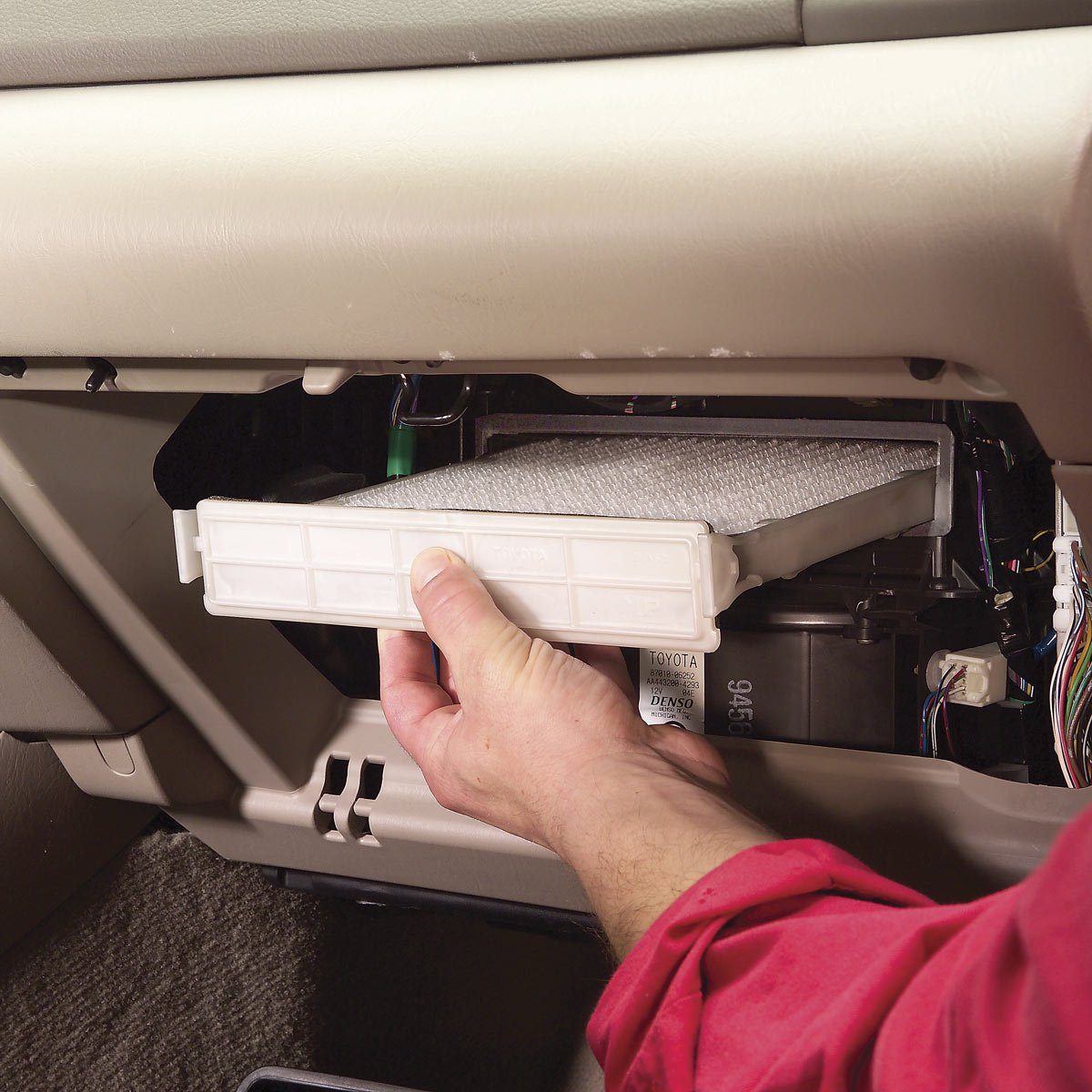
Cabin air (and other) filter replacement
Cars are full of filters. Some are more important than others, but each represents an opportunity for you to save money by doing the replacement yourself. A great example is the cabin air filter.
Generally accessed through the glove compartment, its main purpose is to improve air quality inside the car. Most service manuals recommend replacing it annually. A car repair shop will charge you as much as $70. Don’t waste the money — do it yourself. Just be sure to buy the right filter for your car’s make and model. Here’s how you can replace your car cabin air filter.
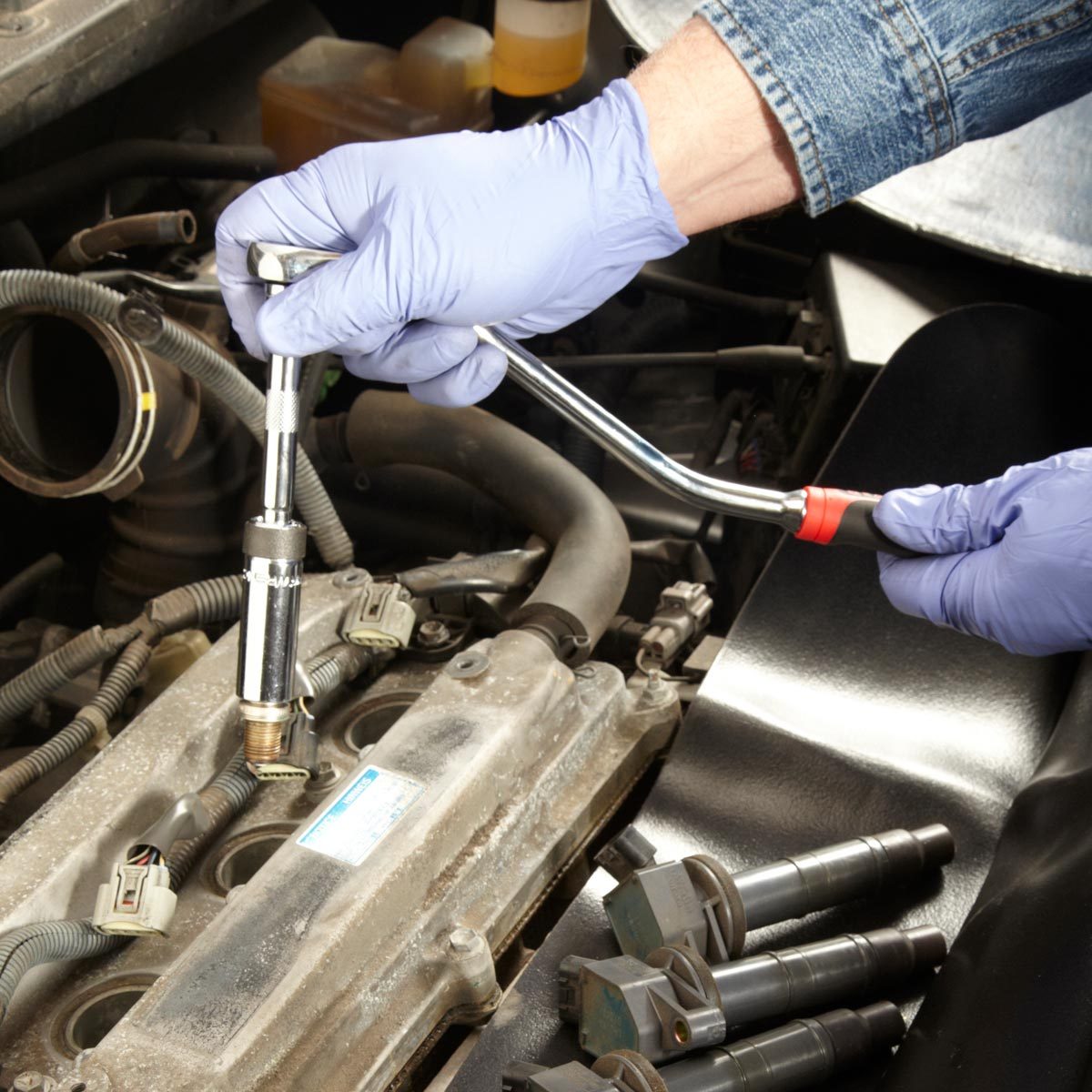
Regular engine tune-ups
If your car was built in the last 10 or 20 years, it does not need regular tune-ups as cars did decades ago. Modern on-board computers make adjustments to ratios and settings that optimize your engine performance. If the engine seems to be running poorly, a tune-up could cure it, but it’s likely a specific problem that you can fix yourself if you wish, such as replacing spark plugs. See how super-easy new-generation spark plugs are to replace.
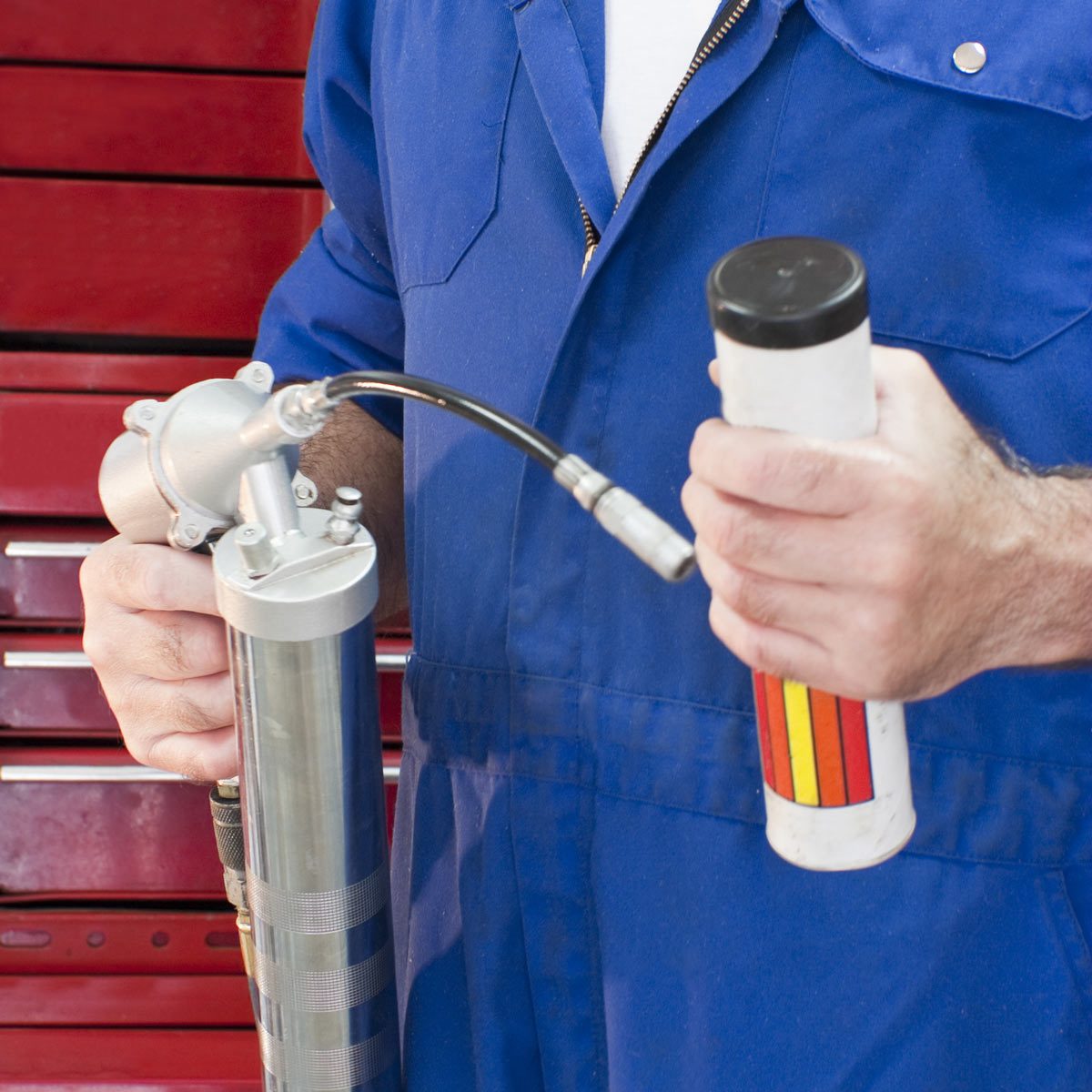
The lube job
The chassis on a modern car, including the ball joint, is almost always lubricated in a closed, sealed system. Some heavier duty vehicles, like full-size pickups, may still require occasional lubrication of the undercarriage. Check your owner’s manual before you fork over money for an unneeded lube job.
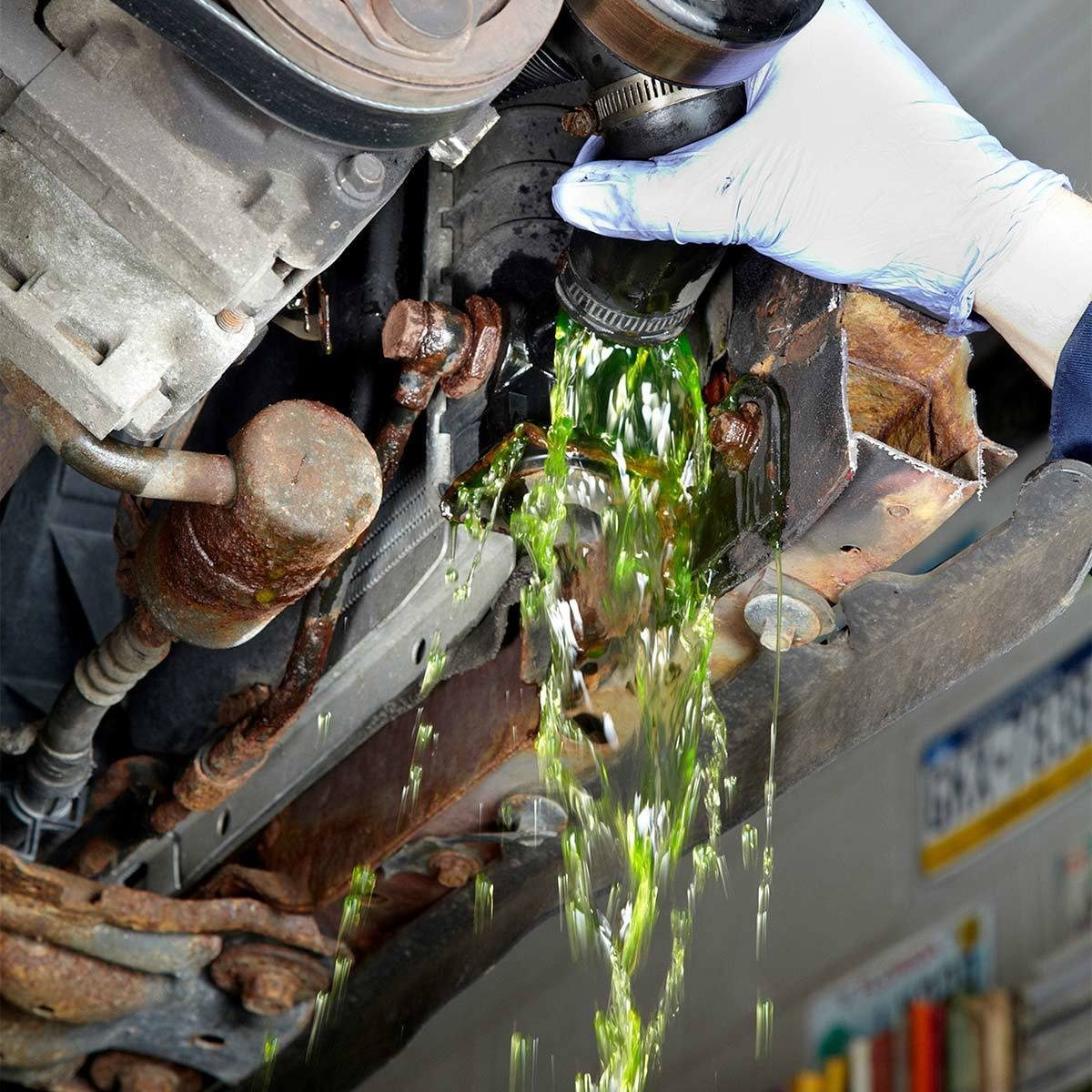
Coolant (antifreeze) flush
A coolant flush with a cleansing, flushing product can cause more problems than it prevents by removing any normal-level contaminants in the coolant system. Seals can be damaged, leaks can spring.
So, unless you drive in unusually dirty or dusty conditions, simply draining and replacing the coolant yourself should suffice. Even with newer coolant products that boast a 100,000-mile lifetime, most vehicles will need to have the coolant refreshed from time to time. Refreshing engine coolant yourself is very simple. Here’s how to do it. Find out the 13 car repairs you’ll regret ignoring.
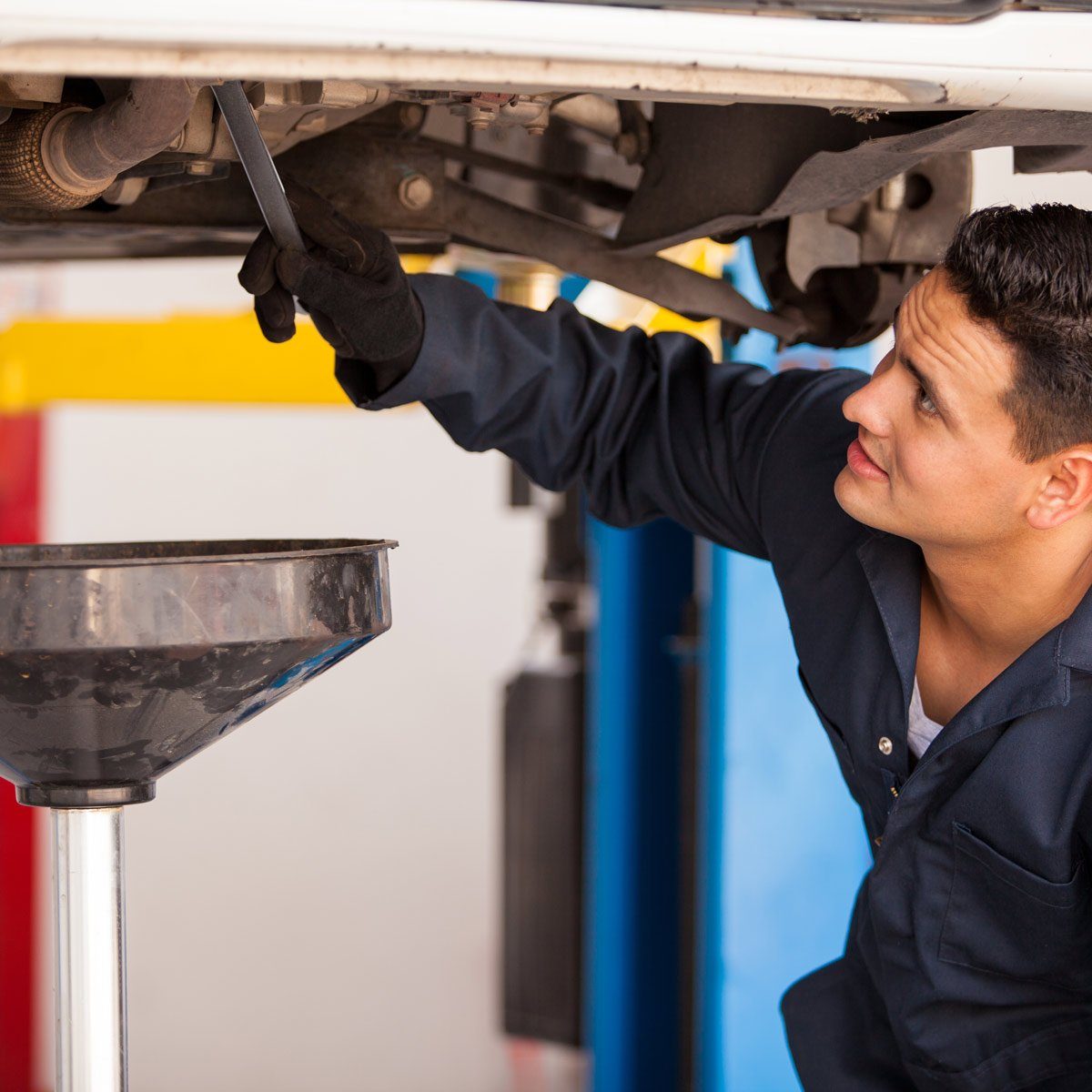
The 3,000-mile oil change
Whether you do the work yourself (usually not worth the savings) or bring your car in for service, most experts agree that we change our engine oil more frequently than is necessary. Engines and lubricants have changed.
If you check your owner’s manual, you may find that it suggests an oil change every 5,000 or even 10,000 miles, not the 3,000 miles indicated by the sticker put on your windshield at the service station or dealership. Learn more about how often you should really change your oil.
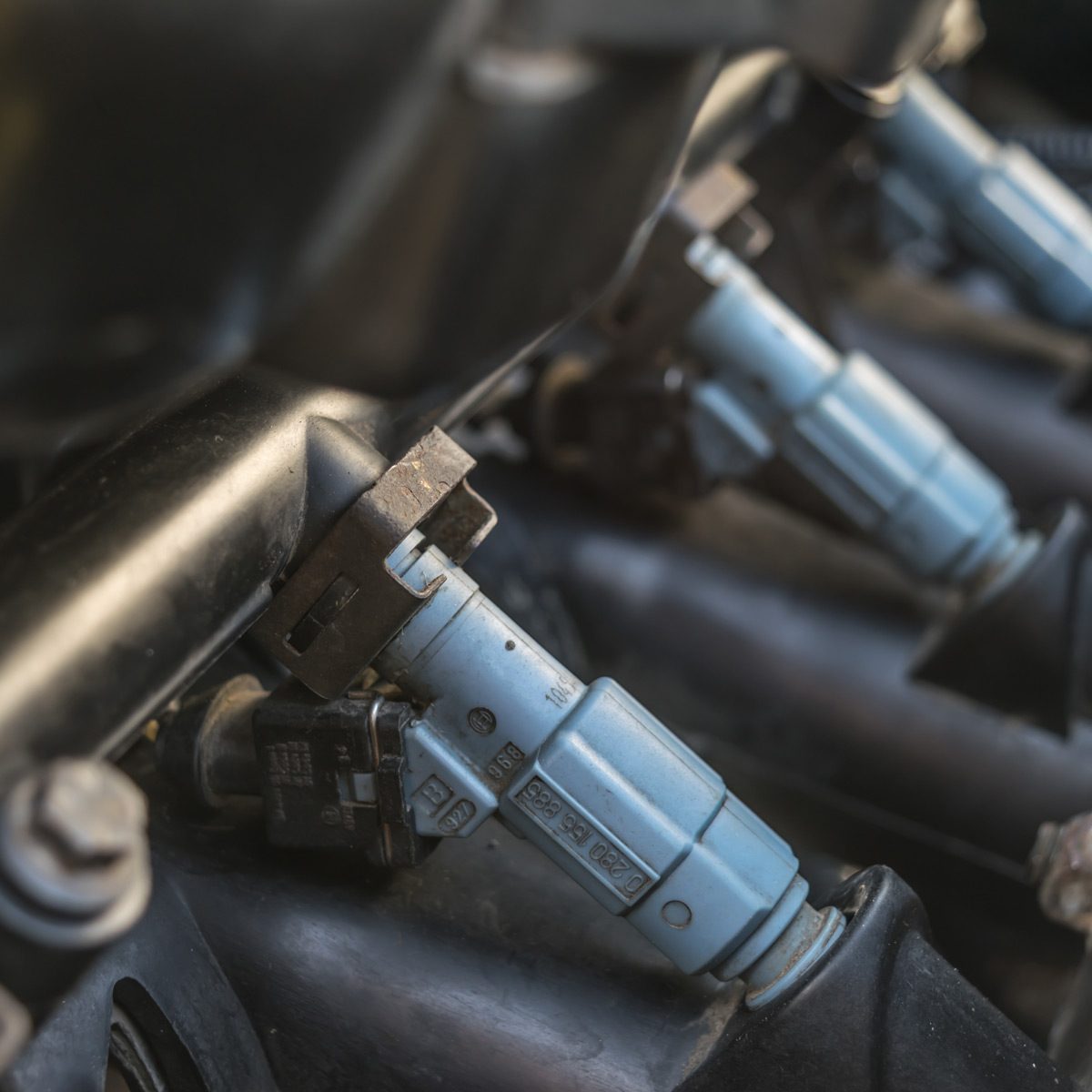
Cleaning fuel injectors
The build-up of carbon and deposits on your fuel injectors is a problem that needs to be addressed, but these days it’s a rare situation that demands professional cleaning.
Fuel injectors in newer cars have been improved and are less likely to get gummed up than they were a few years ago. Plus, the nature and amounts of detergent required in gasoline have increased at the same time, providing greater protection to fuel injectors. If your car is stalling or sluggish, try upgrading to top-line gasoline with better detergents for a couple of tankfuls.
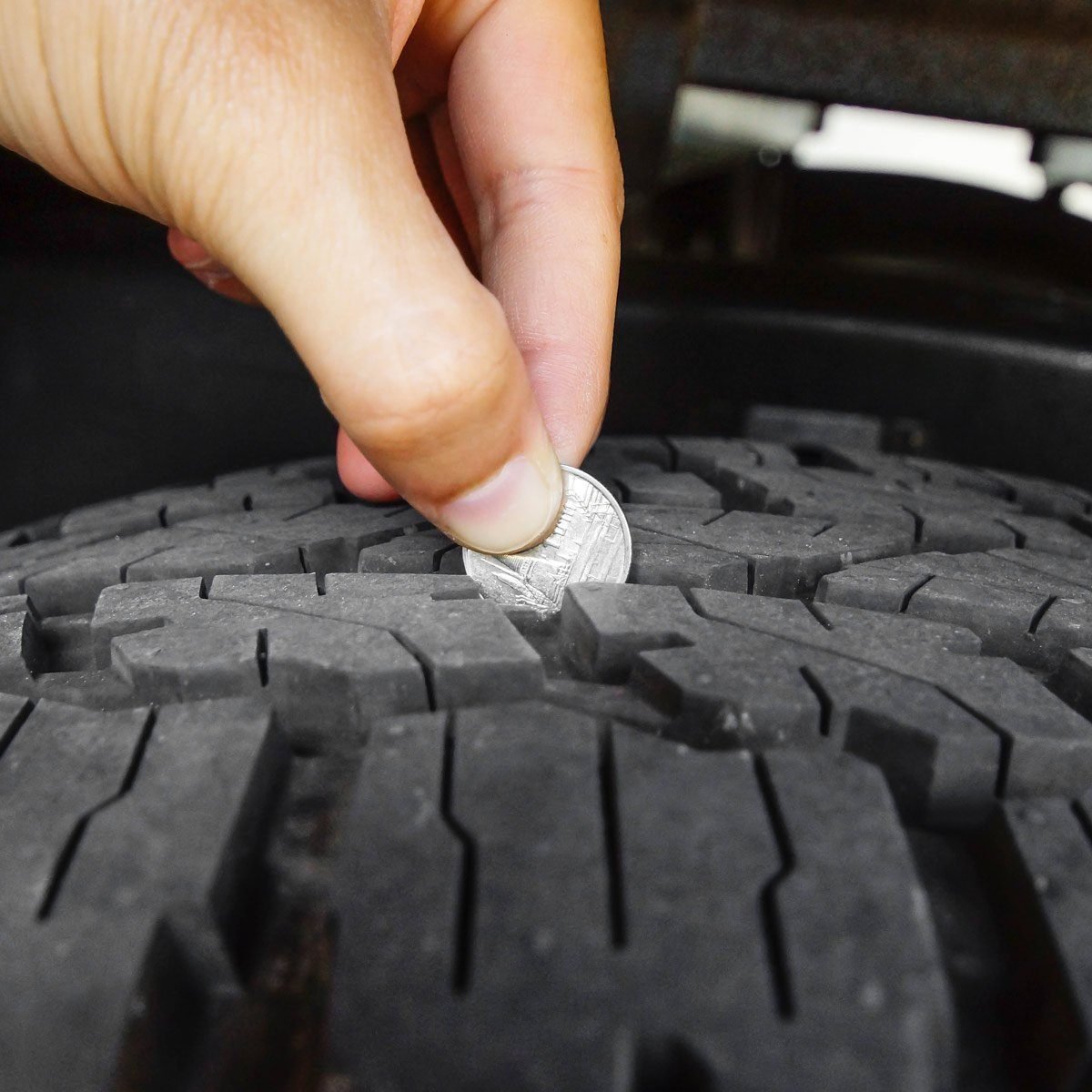
Replacing a single tire is OK
Tires don’t usually go flat in pairs, but the salesperson at the tire store will tell you that you need to buy them that way. Or maybe even all four! Dire consequences may result if you throw off the balance with a single new tire, you’ll be told. Not true.
But, if the remaining tire on the opposite side of the one being replaced has less than 75 percent of its tread, think about a twofer (both front tires or both back). It’s a good idea to have four tires that are the same make and size. Measuring tire tread wear is easy, and you should do it regularly. Plus, learn about the one-second tire test that could save your life.
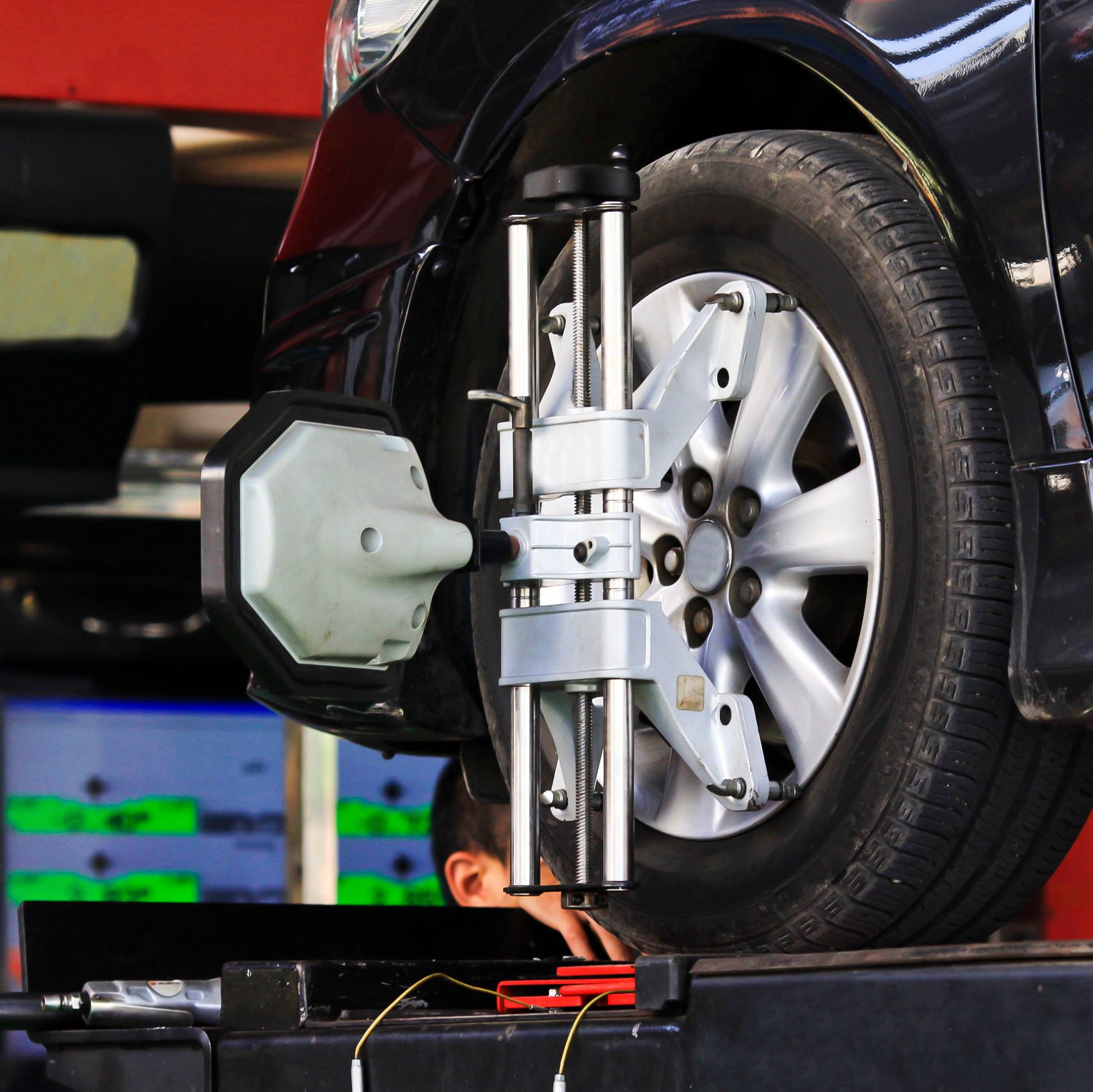
The front-end alignment
You don’t need to haul your car in for front-end alignment service every time you hit a pothole. If the steering is noticeably pulling, look into it. If you really need a front-end alignment, you will know. Misalignment can cause uneven tire wear, as seen in the cutaway photo above. But understand that the adjustment will only last until you hit the next pothole. Inspect your tires regularly to get every mile out of them.
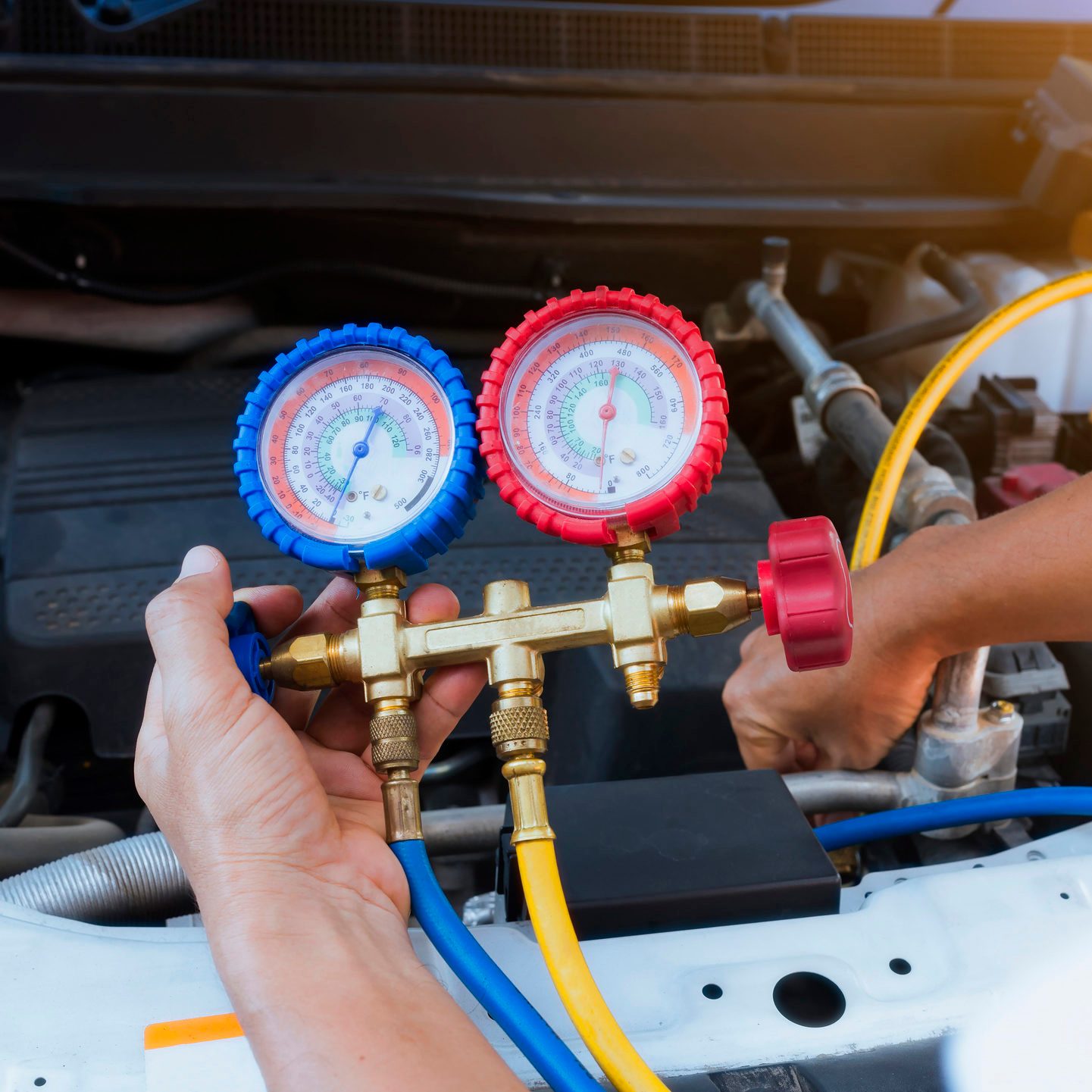
Air conditioner recharge
If the air conditioning in your car is not as cold as it used to be, it might be time for a recharge of the refrigerant. But, probably not. Modern car AC systems are tightly sealed and most don’t ever experience a loss of refrigerant. More likely causes are the blower fan or leaks in the air circulation system. Have those checked first before you spend $200 to $300 on a recharge.
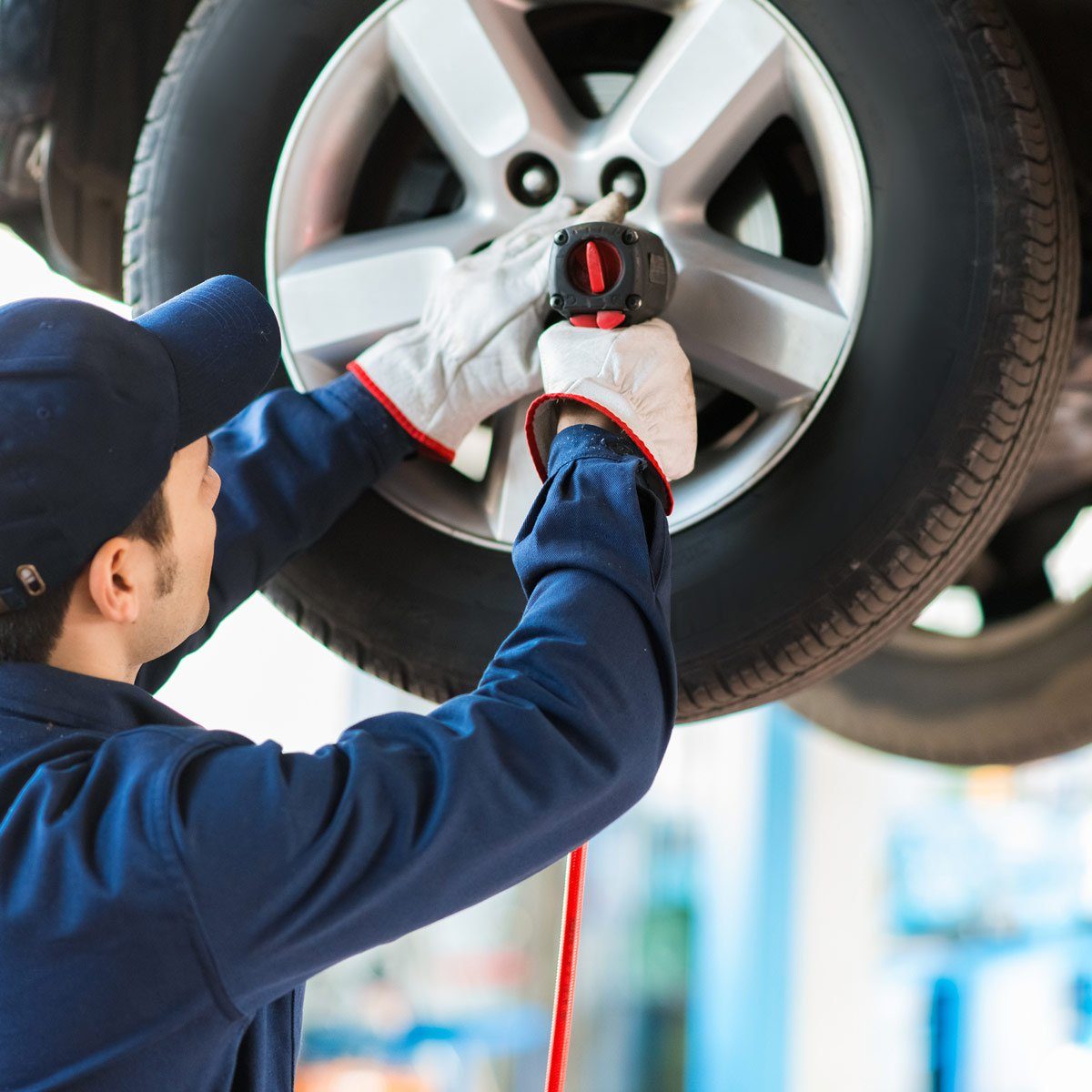
Tire balancing and rotation
When you buy new tires, they need to be balanced by the installer. Beyond that, it is not necessary to pay someone to do the job unless you notice an obvious handling problem. Tire rotation, however, is a good idea every 5,000 to 6,000 miles to even out tread wear, especially if you have a front-wheel-drive vehicle, where the front tire treads wear out about three times as fast as the rears.